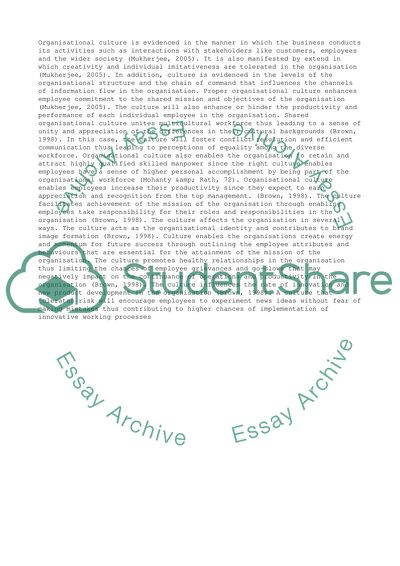Cite this document
(“Deciphering Organizational Culture through Artifacts Term Paper”, n.d.)
Retrieved de https://studentshare.org/management/1474240-deciphering-organizational-culture-through
Retrieved de https://studentshare.org/management/1474240-deciphering-organizational-culture-through
(Deciphering Organizational Culture through Artifacts Term Paper)
https://studentshare.org/management/1474240-deciphering-organizational-culture-through.
https://studentshare.org/management/1474240-deciphering-organizational-culture-through.
“Deciphering Organizational Culture through Artifacts Term Paper”, n.d. https://studentshare.org/management/1474240-deciphering-organizational-culture-through.


